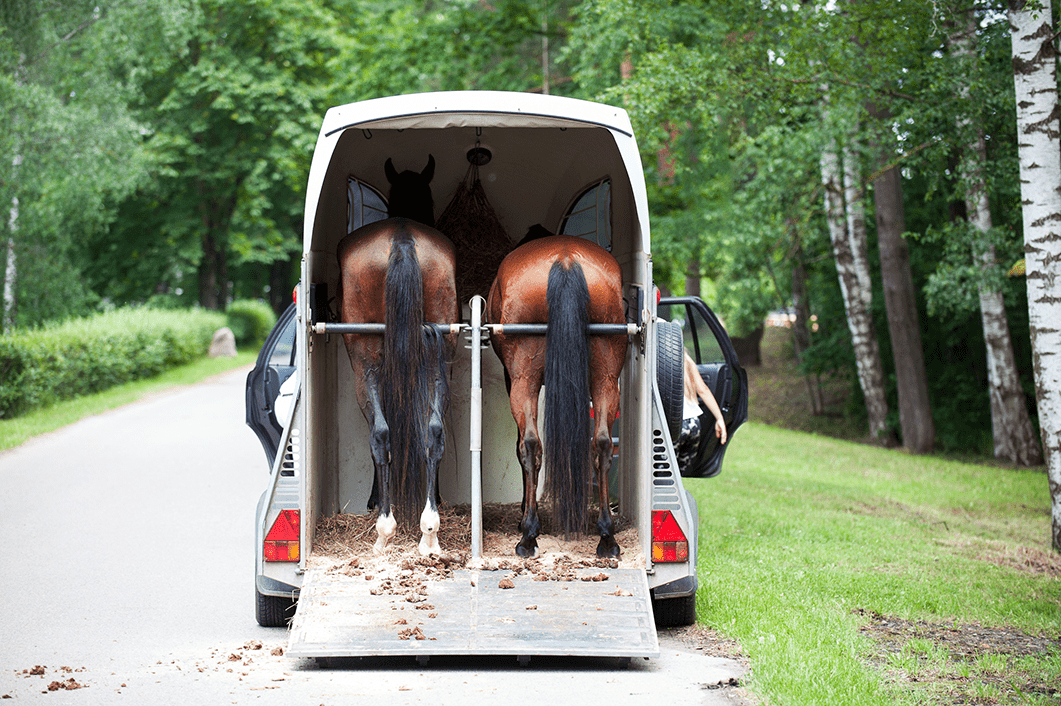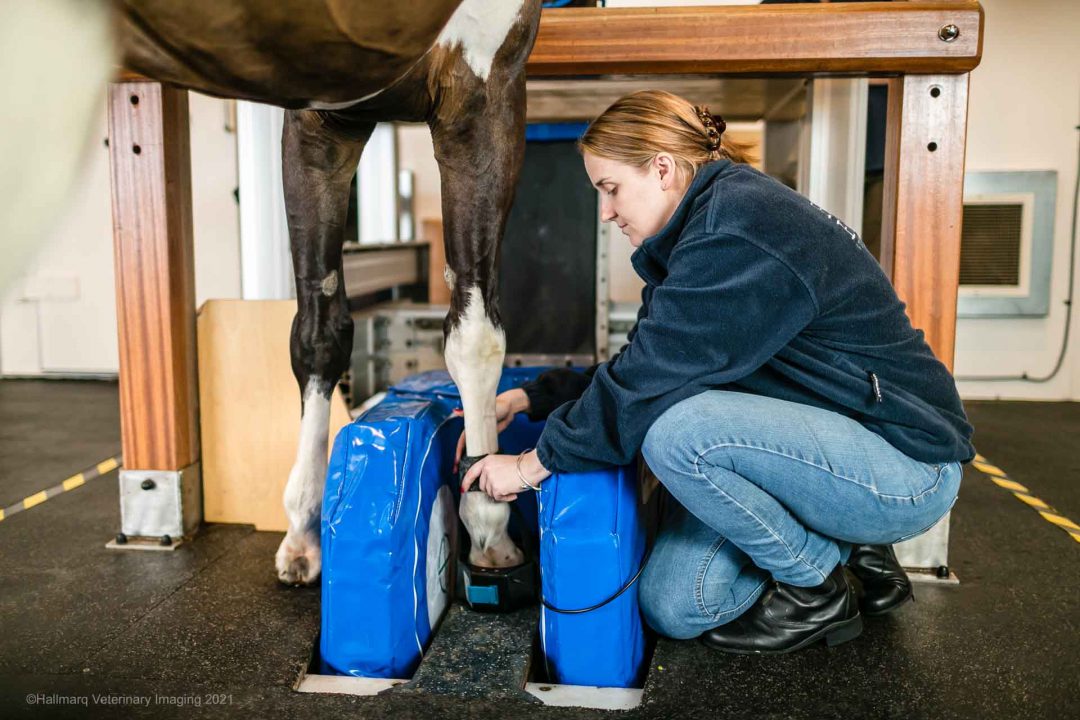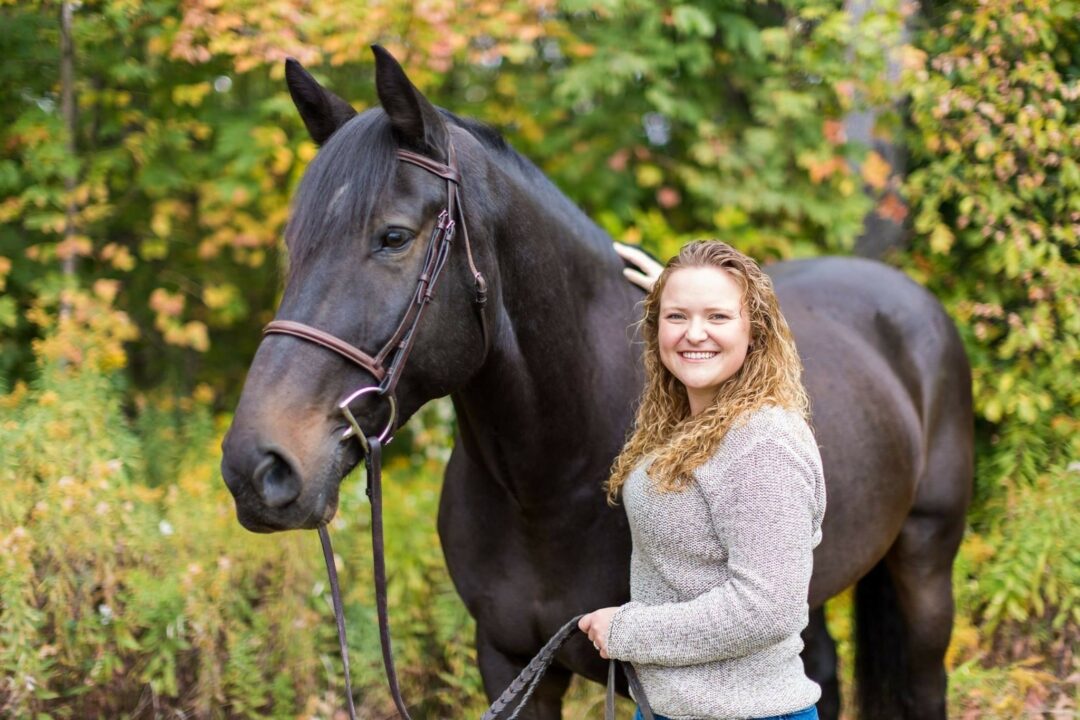It’s quite common for horses to get unsettled when travelling or when being loaded into a horse trailer or horse box, particularly when they are not used to it. However, familiarising your horse with the trailer and the loading process ahead of time can help minimise anxiety for both the horse and the owner. It will help prepare the horse for the journey and prevent a stressful experience on the day of travelling.
Signs your horse is scared of travelling
Not all horses are happy to load for travel. A fearful horse will display various signs that you should look out for and make allowances for, including:
- Tension: Any obvious signs of tightness in the neck, back, and legs. The horse might stand rigidly or fidget, unable to relax.
- Eye rolling: If the horse’s eyes are wide open, with the whites (sclera) showing, it can indicate fear. This is often accompanied by a heightened awareness of the surroundings.
- Flared nostrils: When a horse is scared, its nostrils may flare as it takes in more air. This is a natural response to stress, as the horse is preparing to either flee or confront a threat.
- Pressed-down tail: If held low and pressed against the body can signal fear or submission. This posture indicates that the horse feels vulnerable and is trying to protect itself.
- Other signs: May include increased heart rate, sweating, and refusal to move forward.
How to load a scared horse into a trailer
Easing a nervous traveller’s anxiety about loading into a trailer is vital for their well-being and safety. Building trust and confidence is important. Horse loading tips, such as targeted exercises and positive reinforcement, can help reduce anxiety for inexperienced horses that are scared to load:
Targeted exercises: Gradual desensitisation through specific exercises can help the horse become familiar with the trailer. This could include approaching the trailer, stepping onto it, or even just standing nearby. These small steps build the horse’s confidence and reduce fear. Targeted training can help the horse learn to control their responses to anxiety triggers. By practising loading in a calm environment, and gradually increasing the difficulty (like using different locations or distractions), the inexperienced horse learns to cope with stress more effectively.
Positive reinforcement: Rewarding the horse with treats, praise, or petting when they exhibit calm behaviour reinforces positive associations with the trailer, making them more likely to approach it willingly. Positive reinforcement encourages relaxation. When a horse associates loading with positive outcomes, their overall anxiety decreases over a period of time.
Benefits of targeted exercises and positive reinforcement
The benefits of persevering with targeted exercises and positive reinforcement include:
Improved safety for horse and handler: A calm horse is easier to handle, reducing the risk of accidents during loading. Horses that are less anxious are less likely to pull back, resist, or panic, which can lead to injury for both the horse and the handler.
Enhanced overall well-being: Active horses that learn to manage their anxiety are generally happier and more balanced. This improved emotional state translates to better behaviour in other aspects of their care and training. Your own well-being around a nervous traveller will also improve as a result, leading to a more harmonious relationship between you both.
By focusing on positive interactions during loading, the experience becomes less of a chore and more of a routine. This can help mitigate long-term anxiety about horse travel, making future loading sessions smoother and more pleasant.
Managing your own anxiety when loading a scared horse into a horsebox or trailer
Maintaining a calm demeanour and using deep breathing techniques are crucial for helping a scared horse during loading. Your body language significantly influences the horse’s emotions, so managing your own anxiety can create a more positive experience for both of you. Here’s how to do it:
Understanding the connection: Horses are highly sensitive to human emotions and body language. If you’re anxious or tense, the horse can pick up on that energy, which may exacerbate their fear. By staying calm, you provide reassurance and stability, encouraging the horse to relax.
Practise deep breathing: Before approaching the horse or the trailer, take a few moments to practise deep breathing. Inhale deeply through your nose, allowing your abdomen to expand, then exhale slowly through your mouth. Aim for a few slow breaths to help centre yourself. Deep breathing lowers heart rate and promotes relaxation, making you feel more grounded. This calm state helps convey confidence to the horse.
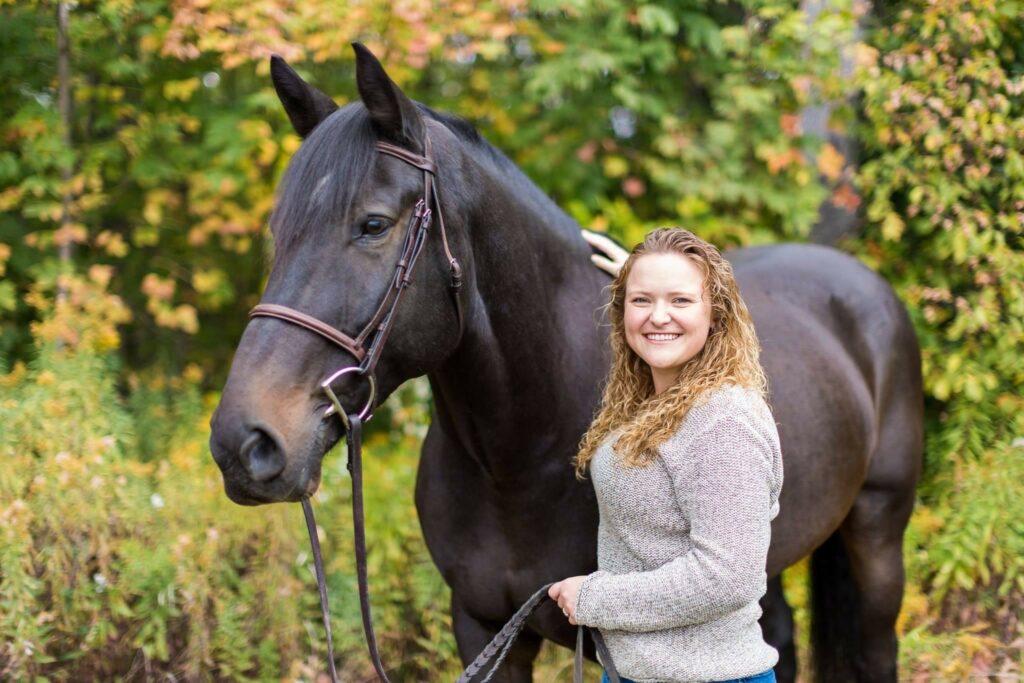
Maintain a calm demeanour: Stand tall and relaxed, with open body posture. Avoid sudden movements or loud noises that could startle the horse. Soft, slow movements are more reassuring.
Make eye contact: Approach the horse calmly and maintain gentle eye contact, but avoid direct stares, which can be perceived as threatening. Use soft glances and keep your face relaxed.
Verbal reassurance: Use a calm, soothing voice when talking to the horse. Softly reassuring phrases can further convey your confidence and help the horse feel more at ease.
Stay patient and observant: Watch the horse’s body language closely. If they show signs of anxiety, take a moment to pause, breathe, and assess the situation. Rushing can heighten stress for both you and the h
Taking a walk to calm a distressed horse
Watch the horse’s body language closely. If they show signs of anxiety, take a moment to pause, breathe, and assess the situation. Rushing can heighten stress for both you and the horse.If your horse is distressed about loading into a trailer, taking them for a short walk can be an effective strategy to help them calm down. Here’s how this approach works:
Distraction from stressors: A walk away from the trailer can help redirect a scared horse’s focus from the source of their anxiety. New surroundings provide a mental break and reduce the intensity of their distress.
Physical movement: Just as it does for humans, walking allows the horse to release pent-up energy and tension. Physical activity can help lower stress levels and promote relaxation, making it easier for them to approach the trailer calmly afterward.
Establishing a positive association: During the walk, use gentle cues, praise, and treats to reinforce positive behaviour. This helps create a positive association with being away from the trailer, which can alleviate anxiety about returning to it.
Resetting emotions: Changing the scenery effectively “resets” the horse’s emotional state. After a brief walk, they may return to the trailer with a calmer demeanour and a more open mindset, making them more receptive to loading.
Building trust: Walking together strengthens your bond with the horse. They learn to trust you as a leader who can help guide them through stressful situations, enhancing their overall confidence.
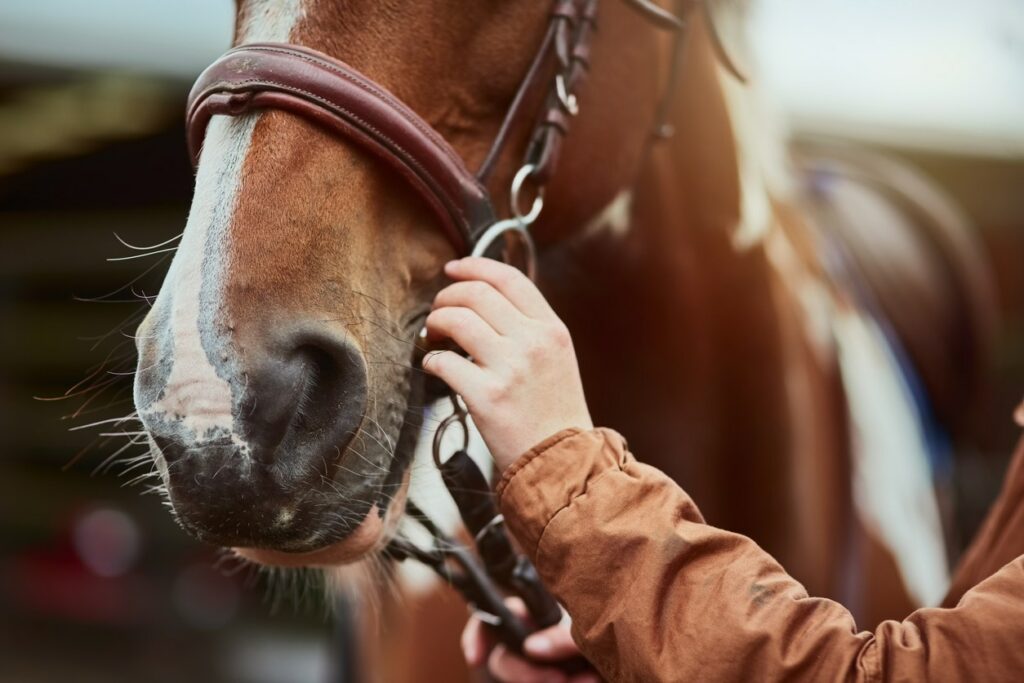
Observing body language: During the walk, you can assess the horse’s body language more easily. Look for signs of relaxation, such as a lowered head or soft eyes. Once the horse shows signs of calming, you can gradually approach the trailer again.
Prepare your horse for travel
When preparing your horse for travel, there are several essential steps to ensure their safety, comfort, and well-being:
Health checks: Before embarking on any road trip it’s always advisable to speak with your veterinarian to confirm that your horse is fit, especially if the trip is going to be a long one. Your veterinarian can ensure your horse is up to date with vaccinations and check for any underlying health issues that could be exacerbated by the stress of travel.
Hydration and nutrition: Proper hydration is vital for your horse’s health during a trip. You must provide plenty of water before and during the journey. In addition to drinking water you consider offering a soaked mash to increase water intake and ensure access to hay or haylage during the trip to maintain gut motility.
Training and familiarisation: If your horse is nervous or unfamiliar with travel, you should prepare them well ahead of time. Practice loading and unloading well in advance of the day and maybe do a few short trips to accustom your horse to the trailer or horsebox.
Protective gear: For safety and comfort, your horse should have appropriate travel gear including a well-fitting headcollar, travel boots and/or bandages to protect the legs, and a tail guard or bandage to prevent tail damage. Always bring a spare head collar and consider a poll guard for horses prone to rearing, to provide peace of mind.
Travel documentation: Ensure all necessary paperwork is in order and always carry your horse’s passport. It’s illegal to transport horses without it. In addition, have any required health certificates or travel permits ready.
Conclusion
Horses can often become uneasy when travelling, especially when they are unaccustomed to it. By following these steps, you’ll help ensure your horse is physically and mentally prepared for the journey ahead. Allow plenty of time for preparing and practising loading your hose onto a trailer to ensure a safe journey. For further details on travelling with your horse, take a look at our blog with helpful guidelines.
